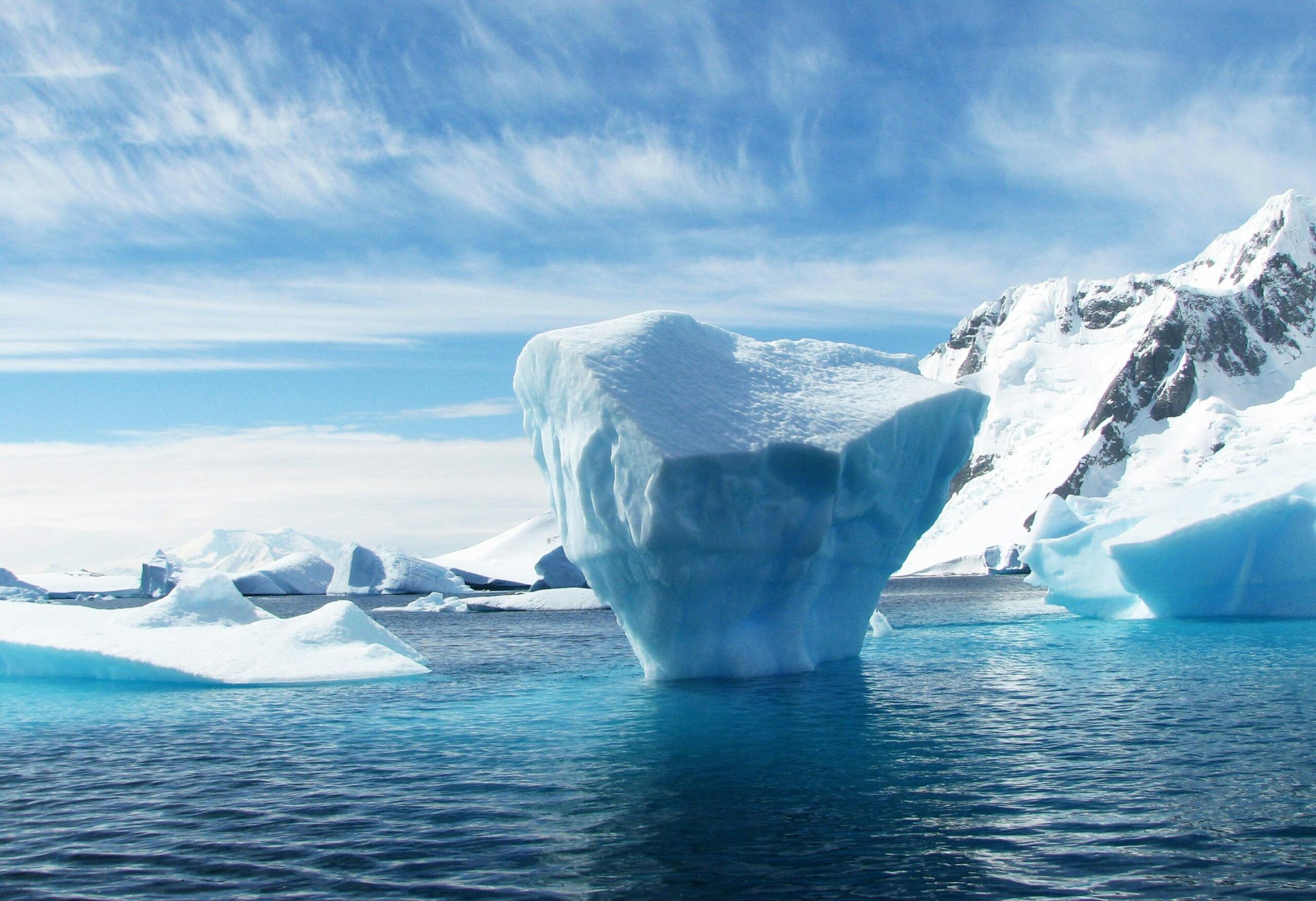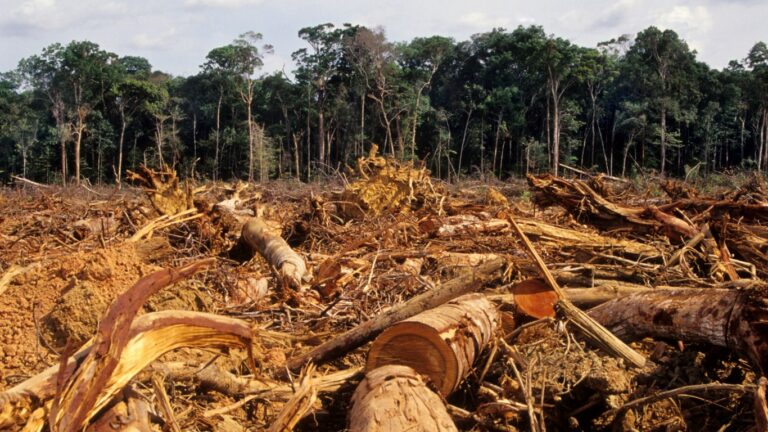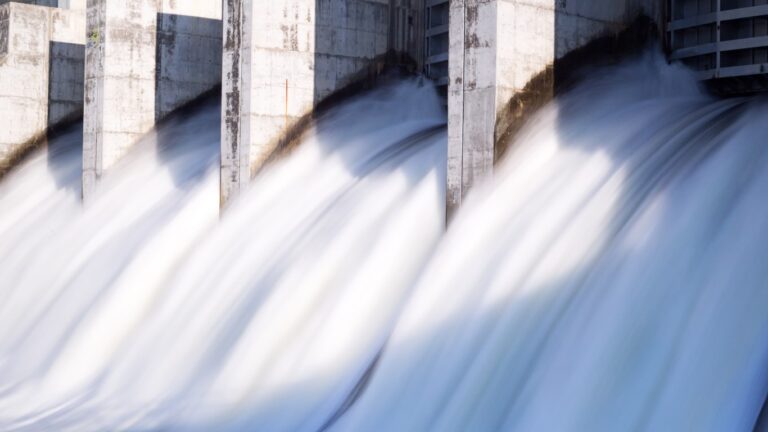Ocean Ice Melting At Alarming Rates

According to NASA and the National Snow and Ice Data Center (NSIDC) at the University of Colorado, Boulder, the winter ice in the Arctic is melting at an accelerating speed, faster than most forecasts. “At 5.53 million square miles (14.33 million square kilometers), the maximum extent fell below the prior low of 5.56 million square miles (14.41 million square kilometers) in 2017.”
Much of the ice in the Arctic winter is known as multiyear ice because it can be built up over periods as long as a decade. The trend does not just apply to the Arctic. “The reduction in ice in both polar regions has led to another milestone — the total amount of sea ice on the planet reached an all-time low.” As of now, it is unclear whether this reduction will be reversed.
Two Major Problems
The effects of the ice issue are twofold. The first is that sea levels rise as the ice melts at the poles. The UN says that the rise can affect as many as one billion people, almost all levels in coastal regions. The World Economic Forum reports that this problem spreads to manmade structures. “Rising seas threaten infrastructure, including roads, bridges and buildings, leading to increased costs for maintenance and repair.”
Another is that the changes can kill large numbers of species. Earth.org points out that, in the US alone, 233 federally protected species in 23 coast states will be affected.
The NASA study does not hold out much hope that sea levels will stabilize. What might happen, under the circumstances of aggressive global warming prevention, is that they will not rise further.
More from ClimateCrisis 247
- Climate Crisis Insurance Catastrophe Threatens US Economy
- Hawaii Adds Huge Climate Change Tax For Tourists
- Growing Crops In Salt
- Teenagers Don’t Want Children Due To Climate Crisis






